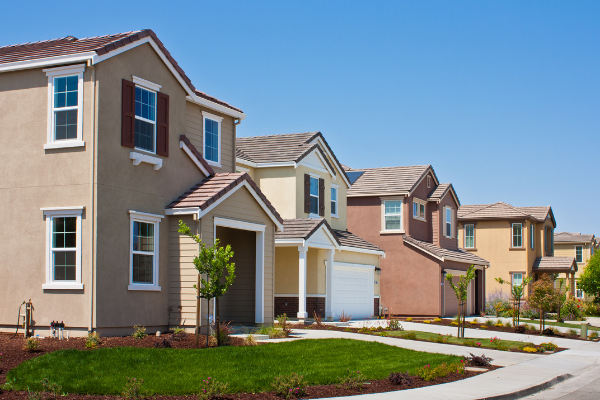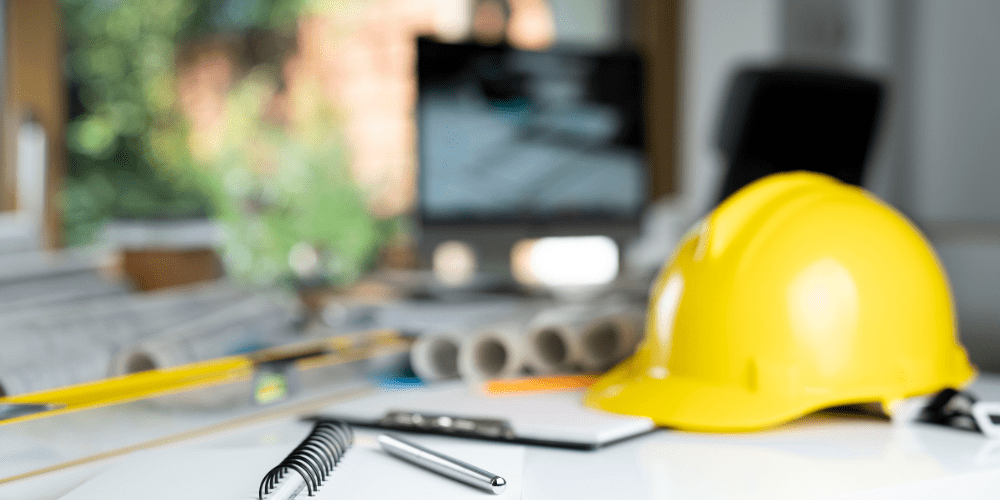How to Budget For a Connecticut Custom Home or Remodel
Your home has been looking a bit dated. As you think of ways to refresh it, remember to keep your expenditure in line with the return on investment you’re looking for. It’s critical to have a realistic budget for what you want to accomplish, whether you're looking to remodel or build. Spend too much and you can find yourself in the very uncomfortable position of not being able to afford other things your want or need. Spend too little and you won’t end up with the results you want.
Creating a Budget
You shouldn’t spend more than you can afford. But if you trust your builder, you should give him your real budget at the start of the process and let him come up with a plan that will give you the most for your money. And if you don’t trust your builder with your budget, do you really want him building for you?
One of the best ways to budget is to prequalify for your loan. Find out what you can really afford. That doesn’t mean you have to take out a loan for the maximum amount—but it does tell you a realistic range. It’s also good to leave yourself a little bit of “wiggle room.” If you qualify for a $600,000 home, you’ll want to allow a little bit of buffer in case you need to make some changes or want to include some upgrades. You might consider reading this article that addresses the problems of budgeting too high or too low when planning a new home.
A good place to start is to have a good general idea of what certain home remodeling projects in your area should cost. One trusted (and independent) resource is the Cost vs. Value Report that has been published by Hanely Wood for many years. This report shows what the pricing for a range of home remodeling projects should be for each region of the country. While the specific details of your project will have an impact on your final cost, you will at least have a benchmark for what the remodeling project you want to tackle should cost for your area. It’s a helpful tool to begin setting parameters.
Another great way to create an itemized budget for your Connecticut home remodeling project is to actually talk to a professional about what you want — or at least what you think you want. That’s why we encourage individuals who are thinking about remodeling to talk to one of our home advisors before they get too far along in their planning. During this 10-minute phone consultation, you’ll hear about current design trends and ideas; hear what others in your situation have done; get a budget range for your project; and get answers to your questions and concerns. At the end of the call, we’ll point you to the best way to accomplish what you want — even if Sunwood isn’t the best fit for you!
Keeping your Budget
Creating a remodeling budget is a great first step, but keeping to your budget is a whole different ball game and a lot of homebuyers wonder if they will overspend their budget. The truth is that you probably will! Is that necessarily a bad thing?
First of all, let’s be clear that unrestricted spending on your home isn’t a good thing, and we’re not encouraging that. But here are a few reasons why you may over-spend your budget and why that may not be terrible.
- You May Want to Make Changes: Part of the great thing about building a custom home is that you get to include things that make it right for you. Sometimes you’ll want to make changes after plans have been drawn up that will make your home more comfortable or suited to your lifestyle. There are a lot of details involved in planning your home and you may not be able to track all of them from the beginning. If you can make a modest change that will make a big difference for years to come, you’ll probably want to do that—even if it costs a little more than you budgeted.
- It Will Never Be as Inexpensive Again: This is related to the first point about making changes. Maybe your circumstances changed during the planning. Perhaps you have another child on the way, or you have a mature member of your family coming to live with you. Adding space, or making rooms larger is much more reasonable while you’re in the process of house remodeling than if you have to come back later and add on. Maybe it wasn’t in your original budget, but it could be the right thing to do.
- The Unexpected Happens: No matter how carefully you plan, unexpected issues can pop up. The price of materials can increase without warning. Your builder or remodeler may find that he or she needs to do more grading or preparation work for the foundation. The fact is that you can’t control everything so you have to be able to adjust.
Construction spending should always make sense in relation to productivity. If your builder or remodeler has already spent a large proportion of the budget before work has even begun, then you might have cause for concern. On the other hand, he may have opted to purchase most of the materials for the project upfront, in which case, the expense is still reasonable.
If you do feel that there is excessive spending happening on your project, document why you feel this way, then set up a meeting with your home builder or remodeler, and discuss it with them. If you are working with a reputable company, and you approach them with reasonable questions, they will be happy to provide answers.
These are all reasons why it’s good to have a contingency plan for your budget. It’s kind of like having a safety net. How much should that be? It’s generally a good idea to plan for between 10 and 15 percent of your initial budget. You may not use it all—and if you don’t, you’re in great shape. But not planning for it can put you in a difficult situation.
Insurance
You may assume that a brand new property will be more expensive to insure than an older home. Is that a good assumption? According to insurance.com, that's not the case. Insurance rates for older homes are often higher than rates for a new home. In fact, they state, "It is likely that people with older homes will pay more to rebuild their homes if they are damaged or destroyed and that's why they face higher insurance rates.” Part of that is due to the fact that an older home is more likely to have things go wrong. And the key for the insurance companies is what it will cost them to replace or repair a home.
Financing Your Home
Be Prepared for Fluctuation in Rates
We’ve enjoyed a fairly lengthy period of low mortgage interest rates across the country. And while rates have edged up slightly, interest rates are still very affordable. Most experts project that interest rates will go up at some point. There doesn’t seem to a consensus about when that will happen or how much those rates will increase. There is an agreement that rates won’t head back down (they’re already quite low).
Keep in mind that rates aren't the only thing you should be looking at. Sometimes a loan will have a lower rate but have hidden costs in the form of points or closing fees that essentially eliminate the benefit of a lower rate. Take your time and review all the costs before accepting a loan.
Compare Apples to Apples
Mortgage rates can change daily. You can drive yourself crazy trying keep track of minor shifts in the rates. You'll be better off if you can get all of your information and paperwork completed and compare several loans at the same time. That can help eliminate some of the fluctuations that occur in the market on a daily basis.
Choose a Home Loan That Fits Your Needs
While a 30-year, fixed-rate mortgage has been the standard for home loans for years; it may or may not be the right choice for you. Talk to reputable lenders about the options. For instance, if you have a significant amount (i.e. 20 percent) that you can use for your down payment, you can avoid the expense of mortgage insurance. Or, if you can afford higher monthly payments, you might opt for a 15-year loan. You’ll save a considerable amount over the course of the loan. There are additional mortgage plans (such as 5/1, 7/1, or 10/1 adjustable-rate mortgage) that may make sense—especially if you don’t plan to stay in your home for a long time. The same floor plan doesn’t fit every family. The same is true with mortgage plans.
Be Prepared for Some Paperwork
Questionable lending practices several years ago led to increased scrutiny in the mortgage industry. That translates to increased documentation. It’s a fact of life, but don’t let a little additional paperwork deter you. By getting all of your financial information together and pre-qualifying, you can take care of the best possible rates quickly when it's time to get your loan.
Get Pre-Qualified
Pre-qualifying not only allows you to jump on the best mortgage rates, but it also expedites the purchasing process. When you find the perfect community and the perfect plan for your home, you’ll want to move forward. You won’t want to wait for your financing to come through—and possibly miss out on the opportunity to get the dream home you’ve always wanted in the best possible location. For instance, our Magnolia Ridge community is a great location in the Westfield section of Middletown. Feel free to contact us if you would like help with any step in the home building or remodeling journey.

-1.png)






